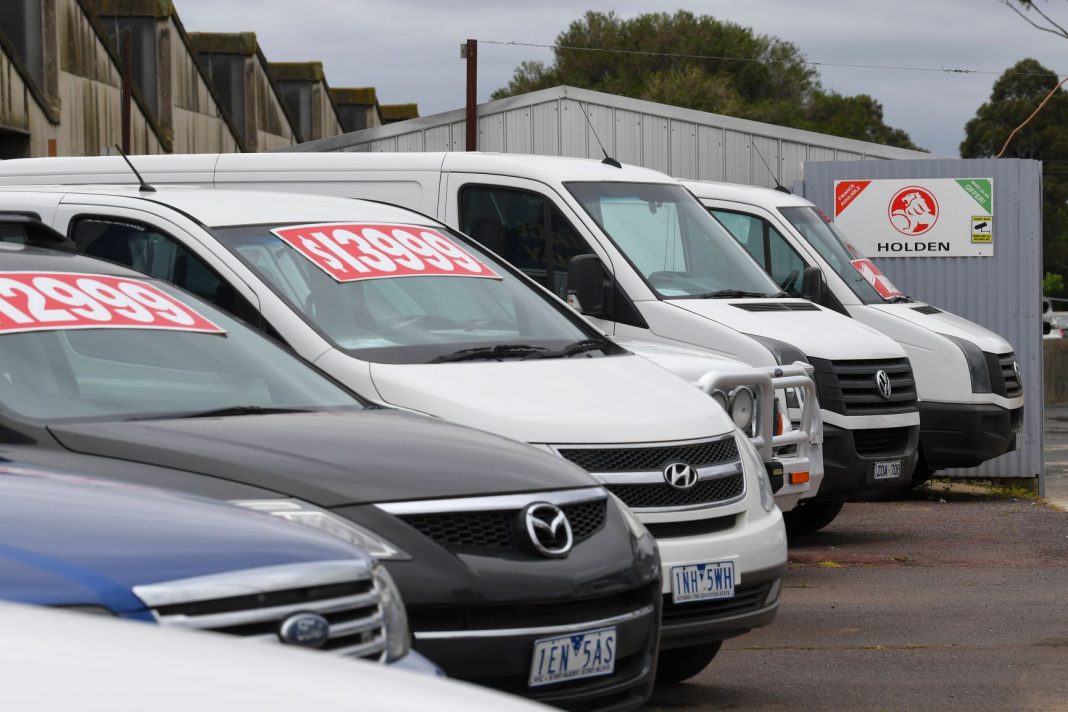Australia’s new-vehicle market remains on track to sell more than one million cars and trucks this year despite ongoing supply issues.
The Federal Chamber of Automotive Industries says 110,664 vehicles were retailed in June, a rise of just 0.4 per cent compared to the same month last year.
But demand for the first six months of 2021 was up a healthy 28.3 per cent to 567,468 units, notwithstanding the slump the market suffered in April and May last year when the first wave of the coronavirus pandemic hit the country.
“Expectations for a strong result in June had remained high given the traditional end of financial year demand from business and private buyers driven by government incentives coupled with intensive marketing activity from vehicle brands,” FCAI chief executive Tony Weber said.
“In spite of some states being forced into COVID-19 lockdowns towards the end of June, the acquisition of a new vehicle remains a popular option for buyers across all market segments.
“The delivery challenges caused by microprocessor shortages and bottlenecks in the supply chain are yet to be fully resolved, however, all parties are continuing to find ways to meet the strong demand for customers across all sectors.”
Mr Weber said it was expected the supply issues would begin to ease as the global economy continued to recover from the impacts of the pandemic.
“Right now, we would expect customer demand across all segments to remain strong in the second half of 2021 which has the market on track to return to a result in excess of one million vehicles,” he said.
Toyota was the market leader in June with sales of 21,076, followed by Mazda on 12,225, Ford 8456, Kia 7890 and Hyundai 7357.
The Ford Ranger was the top-selling vehicle with 6058 retailed last month, ahead of the Toyota HiLux on 5412, the Isuzu Ute D-Max 3167, Mazda CX-5 3018 and the Kia Cerato 2711.
Demand for electric cars rose strongly again in June, taking total sales for the first half of 2021 to 2217, a rise of 187 per cent compared to the same period last year.
AAP
Read more:



